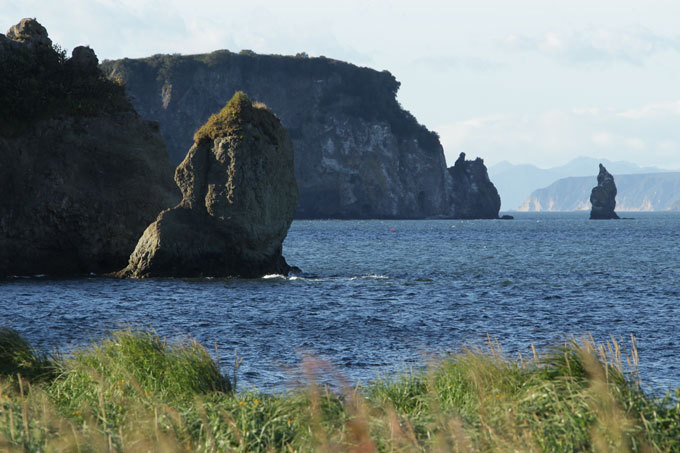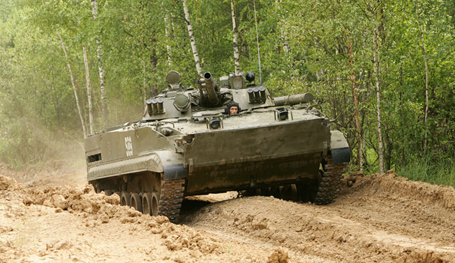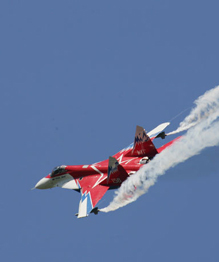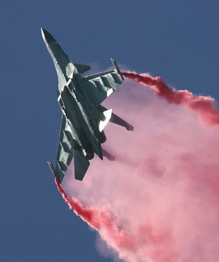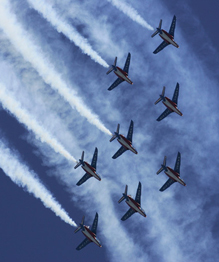Kamchatka: The far side of the world
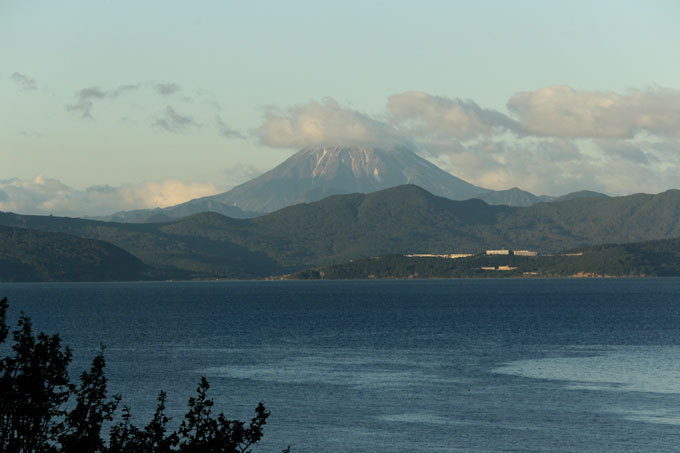
The Kamchatka Peninsula is a 1,250-kilometre (780 mi) peninsula in the Russian Far East, with an area of 472,300 km2 (182,400 sq mi). It lies between the Pacific Ocean to the east and the Sea of Okhotsk to the west. Immediately offshore along the Pacific coast of the peninsula runs the 10,500-metre (34,400 ft) deep Kuril-Kamchatka Trench
The Kamchatka Peninsula is a 1,250-kilometre (780 mi) peninsula in the Russian Far East, with an area of 472,300 km2 (182,400 sq mi). It lies between the Pacific Ocean to the east and the Sea of Okhotsk to the west. Immediately offshore along the Pacific coast of the peninsula runs the 10,500-metre (34,400 ft) deep Kuril-Kamchatka Trench

Kamchatka receives up to 2,700 mm (110 in) of precipitation per year. The summers are moderately cool, and the winters tend to be rather stormy with rare amounts of lightning.
Kamchatka receives up to 2,700 mm (110 in) of precipitation per year. The summers are moderately cool, and the winters tend to be rather stormy with rare amounts of lightning.

The climate is colder in the north of the peninsula, but is continental, with cool winters and relatively warm summers. The summer months are popular with tourists when maximum temperatures range from 15ºC (59F) to 30ºC (86F), but a growing trend in winter sports keeps tourism pulsing year-round. The Volcanoes and glaciers play a role in forming of the Kamchatka's climate, and hot springs have also kept alive dozens of species decimated during the last ice age
The climate is colder in the north of the peninsula, but is continental, with cool winters and relatively warm summers. The summer months are popular with tourists when maximum temperatures range from 15ºC (59F) to 30ºC (86F), but a growing trend in winter sports keeps tourism pulsing year-round. The Volcanoes and glaciers play a role in forming of the Kamchatka's climate, and hot springs have also kept alive dozens of species decimated during the last ice age

Although the peninsula lies at similar latitudes to Great Britain, the cold arctic winds from Siberia combined with the cold Oya-Shio sea current result in the peninsula being covered in snow from October to late May.
Although the peninsula lies at similar latitudes to Great Britain, the cold arctic winds from Siberia combined with the cold Oya-Shio sea current result in the peninsula being covered in snow from October to late May.

The Kamchatka River and the surrounding central side valley are flanked by large volcanic belts containing around 160 volcanoes, 29 of them still active. The peninsula has a high density of volcanoes and associated volcanic phenomena, with 19 active volcanoes being included in the six UNESCO World Heritage List sites in the Volcanoes of Kamchatka group, most of them on the Kamchatka Peninsula
The Kamchatka River and the surrounding central side valley are flanked by large volcanic belts containing around 160 volcanoes, 29 of them still active. The peninsula has a high density of volcanoes and associated volcanic phenomena, with 19 active volcanoes being included in the six UNESCO World Heritage List sites in the Volcanoes of Kamchatka group, most of them on the Kamchatka Peninsula

The highest volcano is Klyuchevskaya Sopka (4,750 m or 15,584 ft), the largest active volcano in the Northern Hemisphere, while the most striking is Kronotsky, whose perfect cone was said by celebrated volcanologists Robert and Barbara Decker to be a prime candidate for the world's most beautiful volcano. Somewhat more accessible are the three volcanoes visible from Petropavlovsk-Kamchatsky: Koryaksky, Avachinsky, and Kozelsky. In the center of Kamchatka is Eurasia's world famous Geyser Valley which was partly destroyed by a massive mudslide in June 2007
The highest volcano is Klyuchevskaya Sopka (4,750 m or 15,584 ft), the largest active volcano in the Northern Hemisphere, while the most striking is Kronotsky, whose perfect cone was said by celebrated volcanologists Robert and Barbara Decker to be a prime candidate for the world's most beautiful volcano. Somewhat more accessible are the three volcanoes visible from Petropavlovsk-Kamchatsky: Koryaksky, Avachinsky, and Kozelsky. In the center of Kamchatka is Eurasia's world famous Geyser Valley which was partly destroyed by a massive mudslide in June 2007

Owing to the Kuril-Kamchatka Trench, deep-focus seismic events and tsunamis are fairly common. A pair of megathrust earthquakes occurred off the coast on October 16, 1737, and on November 4, 1952, in the magnitude of ~9.3 and 8.2 respectively. A chain of more shallow earthquakes were recorded as recently as April 2006
Owing to the Kuril-Kamchatka Trench, deep-focus seismic events and tsunamis are fairly common. A pair of megathrust earthquakes occurred off the coast on October 16, 1737, and on November 4, 1952, in the magnitude of ~9.3 and 8.2 respectively. A chain of more shallow earthquakes were recorded as recently as April 2006

Kamchatka boasts abundant flora. The variable climate promotes different flora zones where tundra and muskeg are dominant succeeded by grasses, flowering shrubs and forests of pine, birch, alder and willow.
Kamchatka boasts abundant flora. The variable climate promotes different flora zones where tundra and muskeg are dominant succeeded by grasses, flowering shrubs and forests of pine, birch, alder and willow.

The wide variety of plant forms spread throughout the Peninsula promotes just as wide a variation in animal species that feed off them. Although Kamchatka is mostly tundra, deciduous and coniferous trees are abundant and forests can be found throughout the peninsula.
The wide variety of plant forms spread throughout the Peninsula promotes just as wide a variation in animal species that feed off them. Although Kamchatka is mostly tundra, deciduous and coniferous trees are abundant and forests can be found throughout the peninsula.




